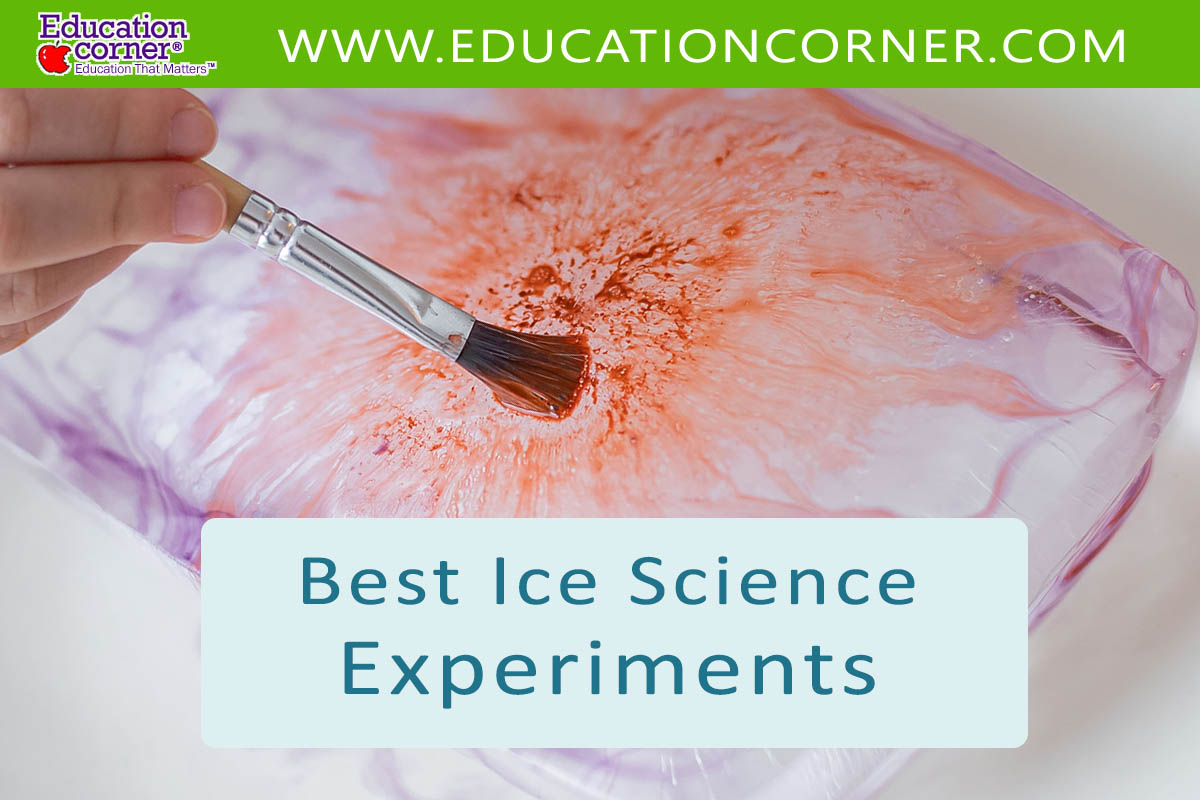Explore the wonders of ice through these exciting experiments!
We’ve selected the best, fascinating ice-related science experiments designed to awaken your inner scientist, even on the coldest days! These hands-on, educational activities promise not only to improve your understanding of ice’s cool attributes but also to spark a love for scientific exploration.
These experiments can be performed in the classroom and are appropriate for students of all ages and scientific proficiency levels.
1. Fishing for Ice Experiment
In this experiment, students will create their ice fishing setup using a piece of yarn or string, and then simulate the process of fishing through the ice.
2. Colorful Melting Ice Ball Patterns
This experiment is a great way to incorporate art and creativity into the science classroom. This experiment can help students develop important scientific skills such as observation, measurement, and data analysis.
By conducting this kind of hands-on experiments, students can gain a deeper understanding of scientific concepts and learn to think like scientists.
3. Ice Excavation
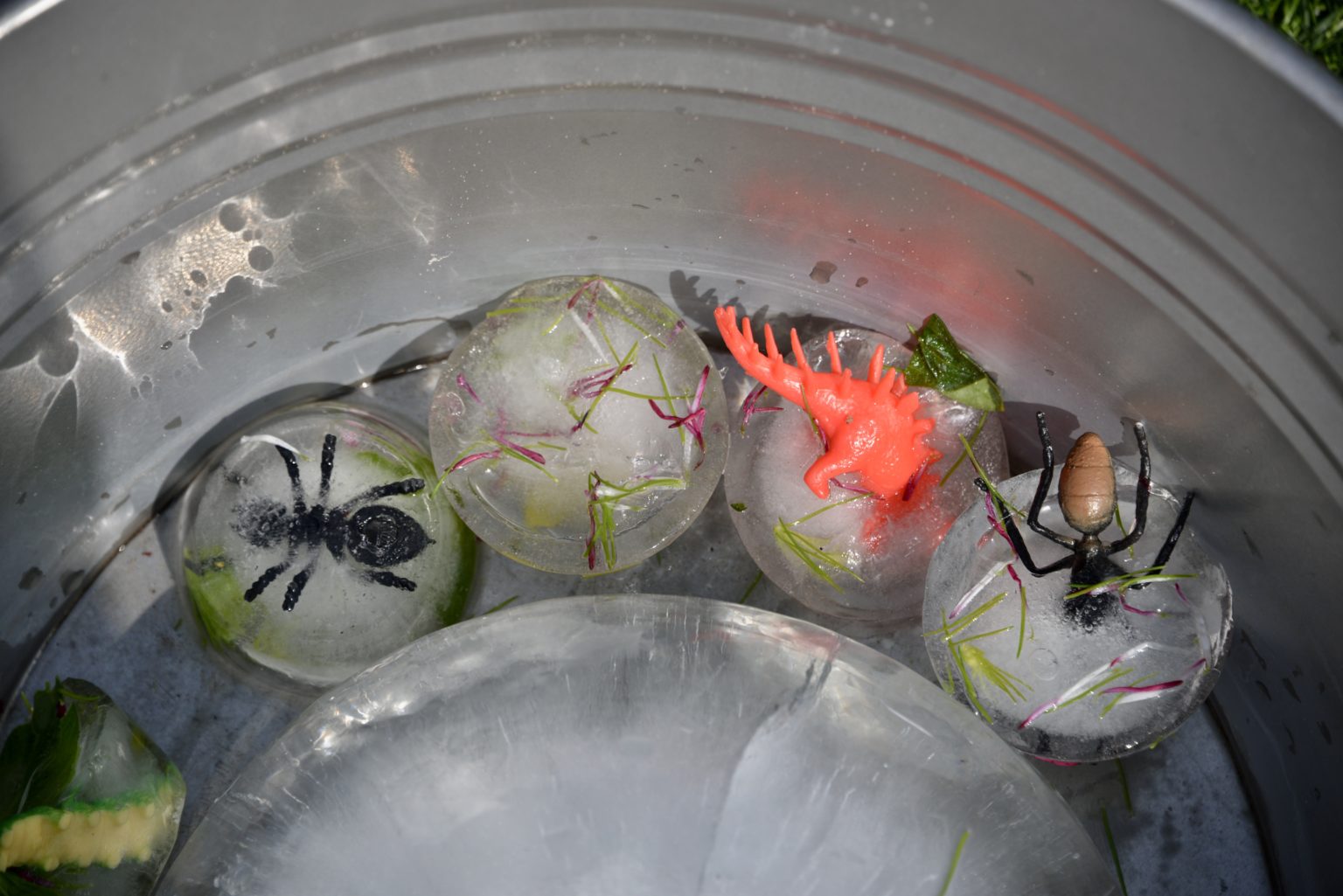
The simple ice excavation experiment is a thrilling and educational activity that may teach children about the characteristics of ice and the concepts of excavation.
Students can investigate the physical characteristics of ice and learn about the methods used by archaeologists and paleontologists to unearth fossils and artifacts by freezing small toys or objects in a block of ice and then excavating them using different tools.
Learn more: Easy Ice Excavation
4. Make an Instant Ice Experiment
Students should try this experiment because it is a fun and engaging way to learn about the science of ice formation and the principles of thermodynamics.
5. Make an Iceberg Experiment
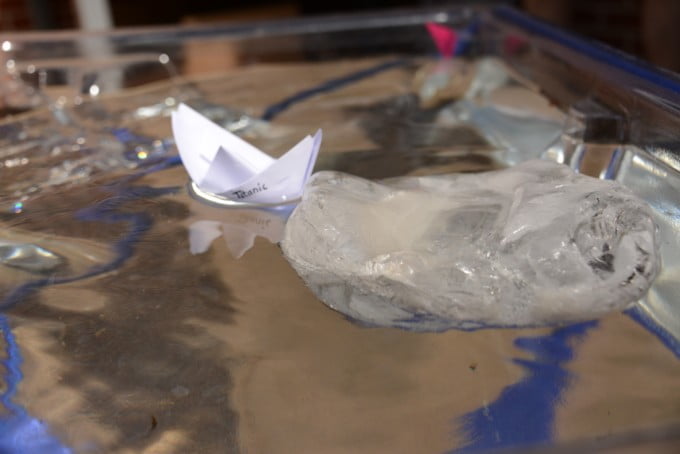
Have you thought about the formation of icebergs and how they impact ship behavior? Students can learn about the characteristics of water, the principles of buoyancy, and the factors that influence iceberg behavior through this exercise.
Learn more: Titanic Science- Make an Iceberg
6. Frost in a Can
Students can develop a stronger appreciation for the natural world and a deeper knowledge of scientific ideas by participating in hands-on activities like the frost in a can experiment.
Frost in a can is a simple but fascinating experiment that demonstrates the science of how frost forms.
7. How to Keep Ice Longer? | Kid Ice Experiment
Have you ever wondered a way to slow down the melting of ice? Students will investigate several methods and supplies in this project that can be used to protect ice from melting too quickly.
8. Glowing Ice Cubes
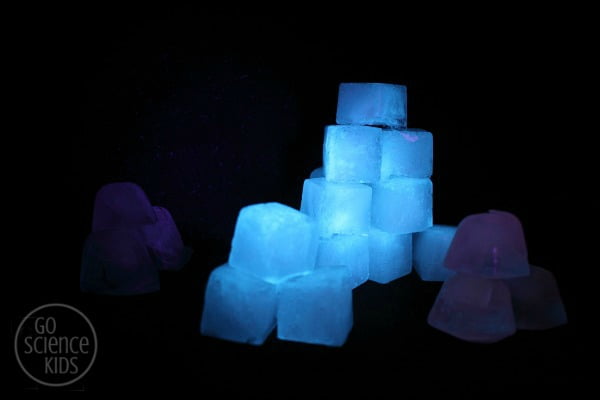
In this experiment, students will create their own glowing ice cubes using tonic water and a black light, and then observe the colorful patterns as they melt.
Learn more: Glowing Ice-Cubes
9. Grow Your Own Spike
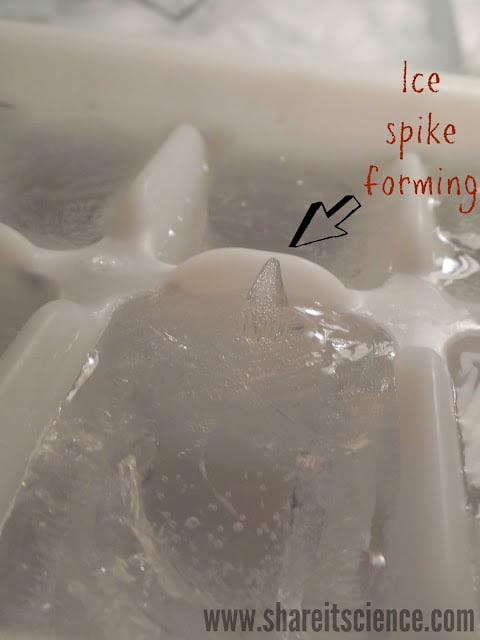
By observing the behavior of the spike and the water, students can gain a deeper understanding of the properties of water.
Students can develop a deeper comprehension of scientific ideas and develop their capacity for scientific thought by engaging in practical experiments like this.
Learn more: Ice Science: Grow Your Own Ice Spikes!
10. Burning Ice
The fascinating and educational burning ice experiment involves lighting a piece of ice on fire. The science of combustion and the characteristics of water can both be introduced to students through the use of this experiment.
It’s important to keep in mind that this experiment can be hazardous and shouldn’t be carried out without the appropriate supervision and safety measures.

